
Although widely used in Morocco the fez hat originated in ancient Anatolia, modern Turkey and was subsequently worn by the Medieval Ottoman Turks during their conquest of Byzantine Anatolia. During the reign of the Sultan Mahmud Khan II (1808-39), a European code of dress gradually replaced the traditional robes worn by members of the Ottoman court. The change in costume was soon emulated by the public and senior civil servants, followed by the members of the ruling intelligentsia and the emancipated classes throughout the Ottoman Empire. While European style coats and trousers were gradually adopted, this change did not extend to headwear. Peaked or broad brimmed headresses such as the top hat did not meet the Islamic requirement that men should press their heads to the ground when praying. Accordingly the Sultan issued a firman (royal decree) that the checheya headgear in a modified form would become part of the formal attire of the Turkish Empire irrespective of his subjects' religious sects or millets.
In post-Ottoman Turkey, the fez was discouraged & ultimately banned under the leadership of the revered Mustafa Kemal (Ataturk) through the Hat Law in 1925 & the Law Relating to Prohibited Garments in 1934.
























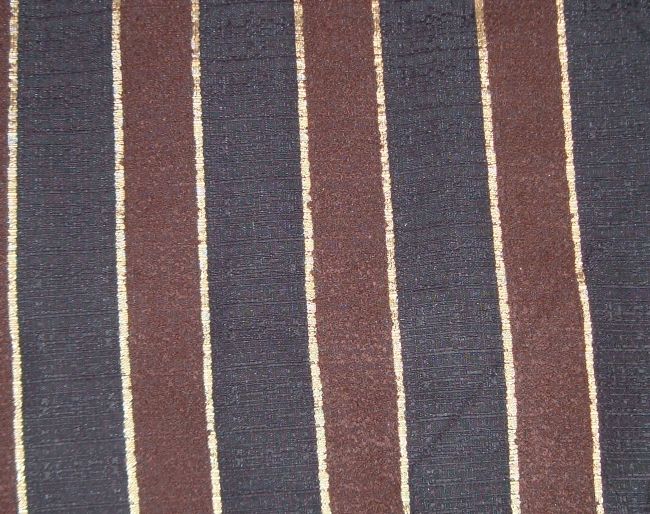

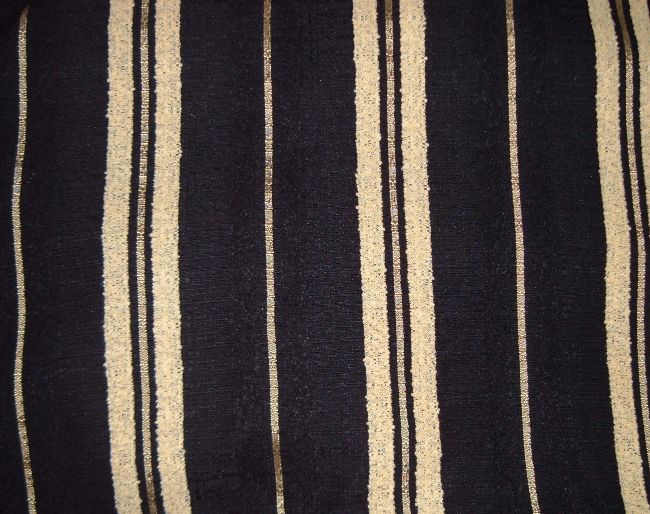
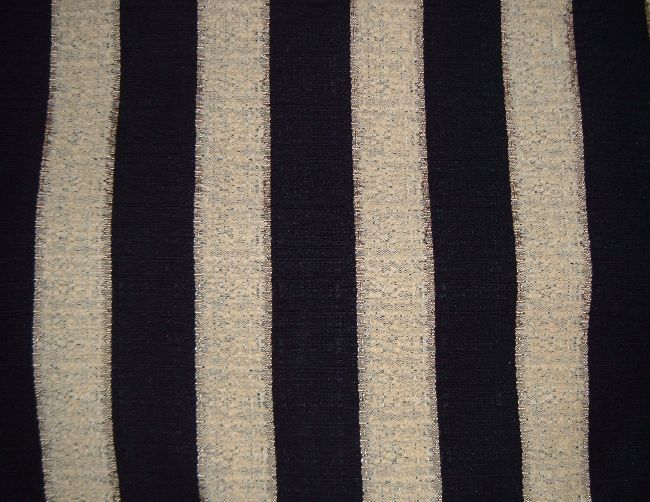

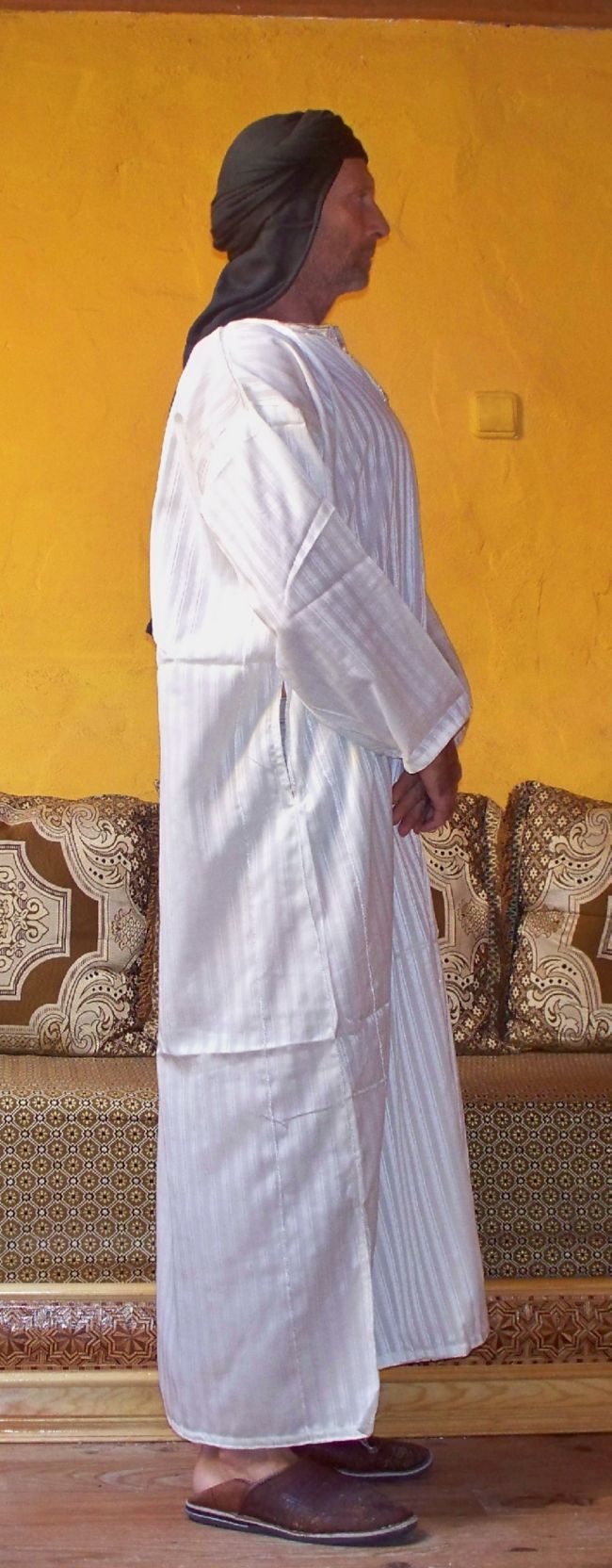
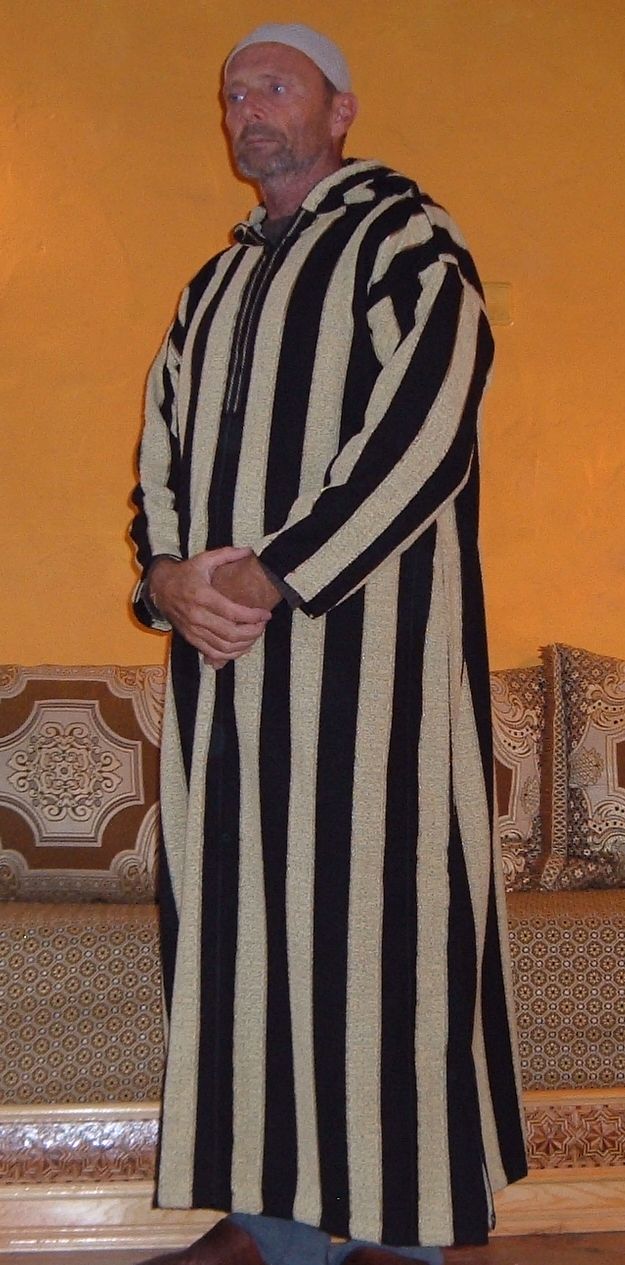
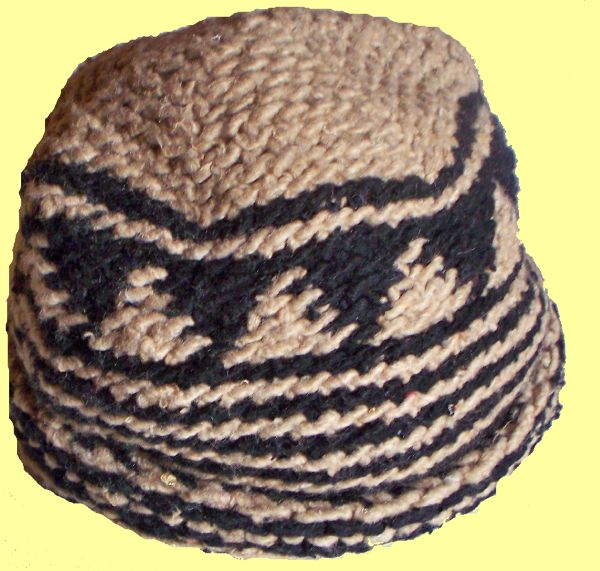


No hay comentarios:
Publicar un comentario